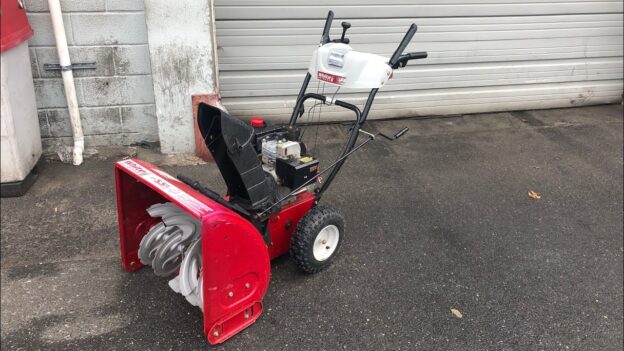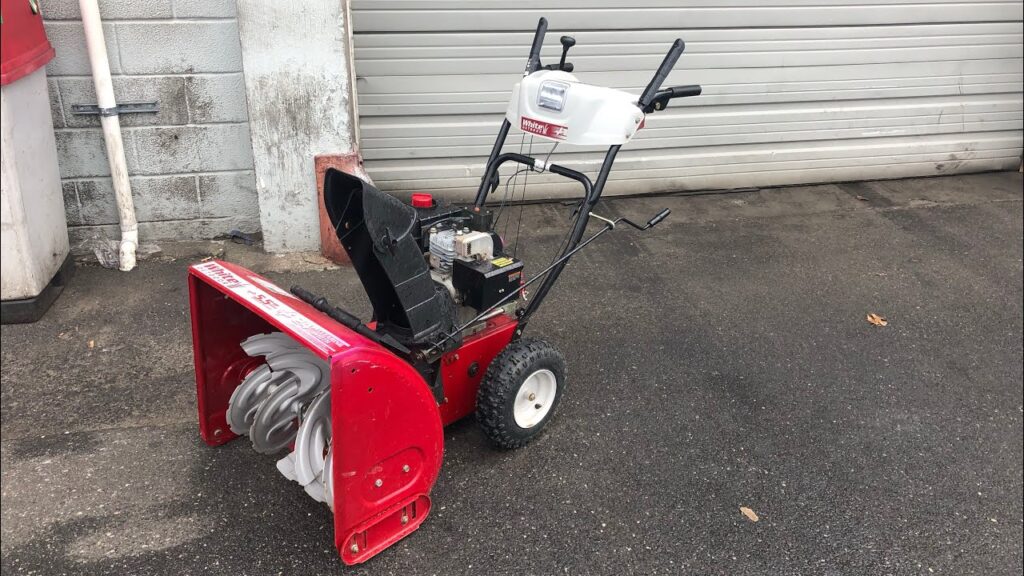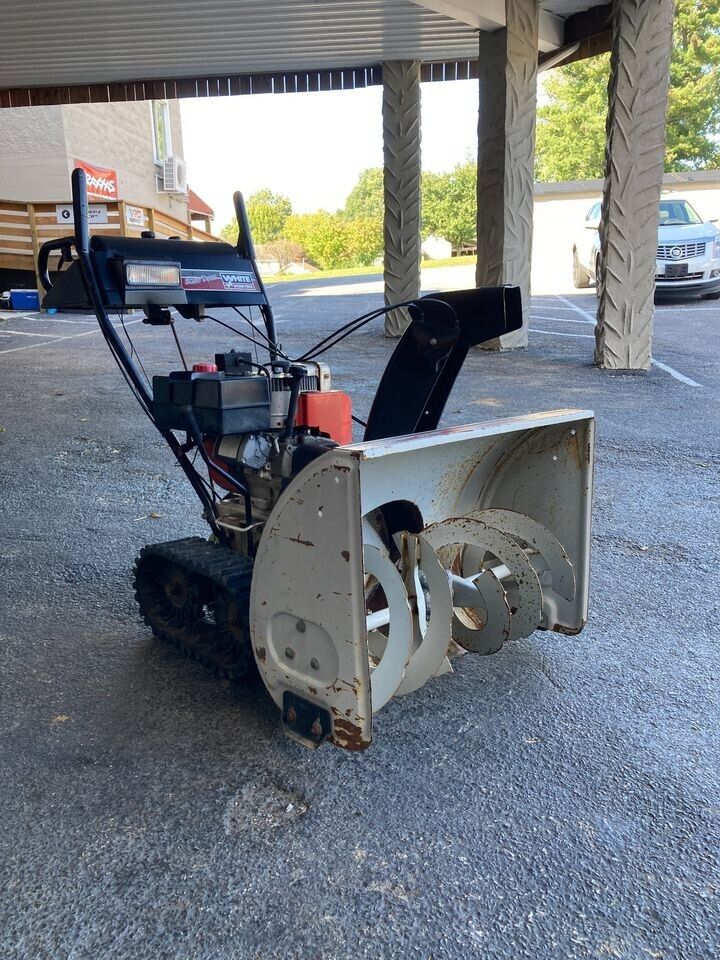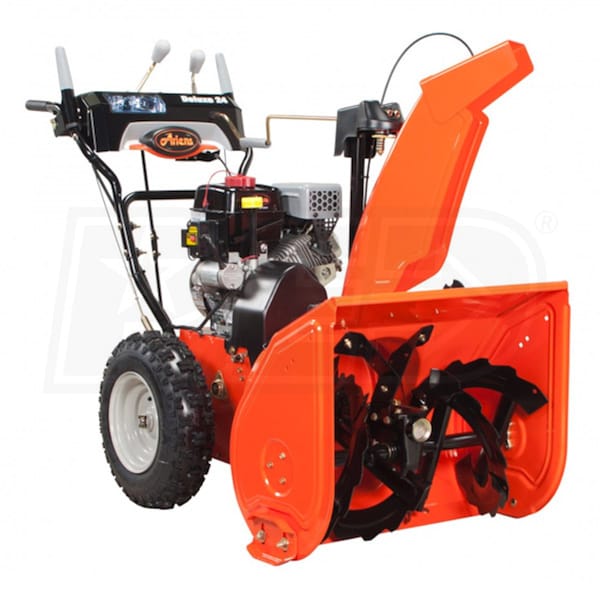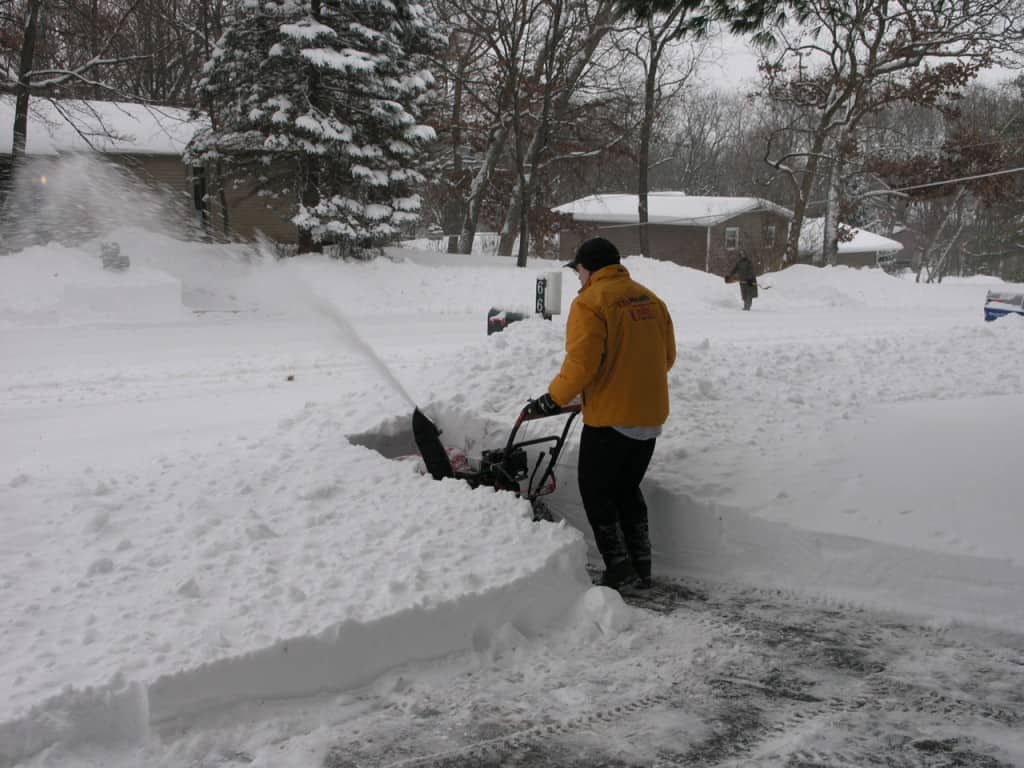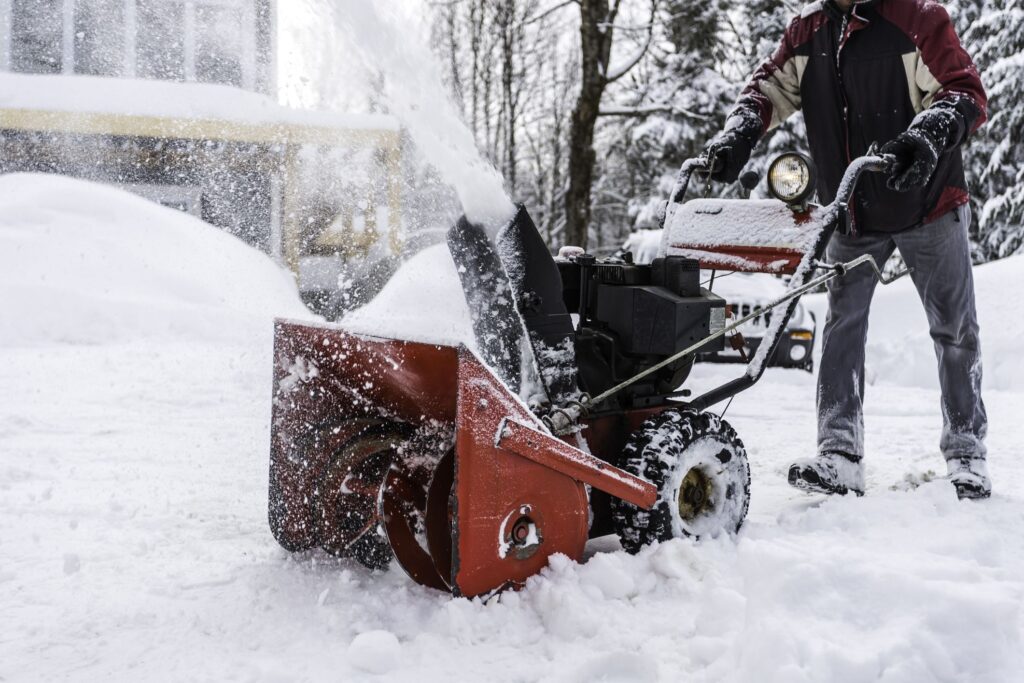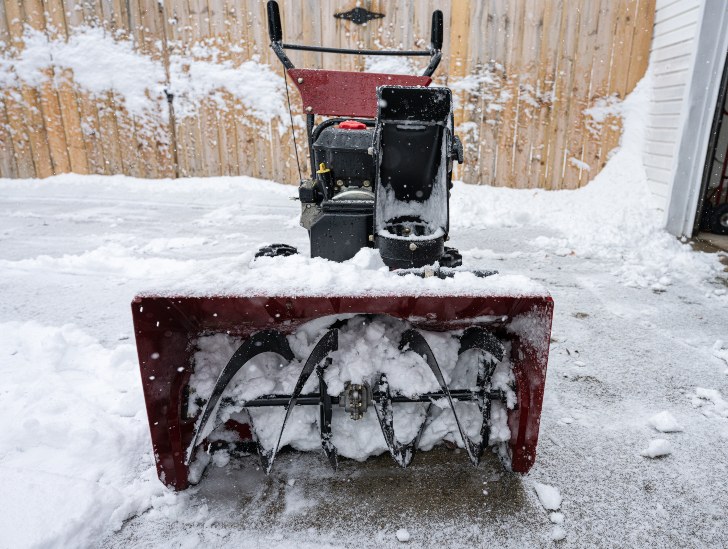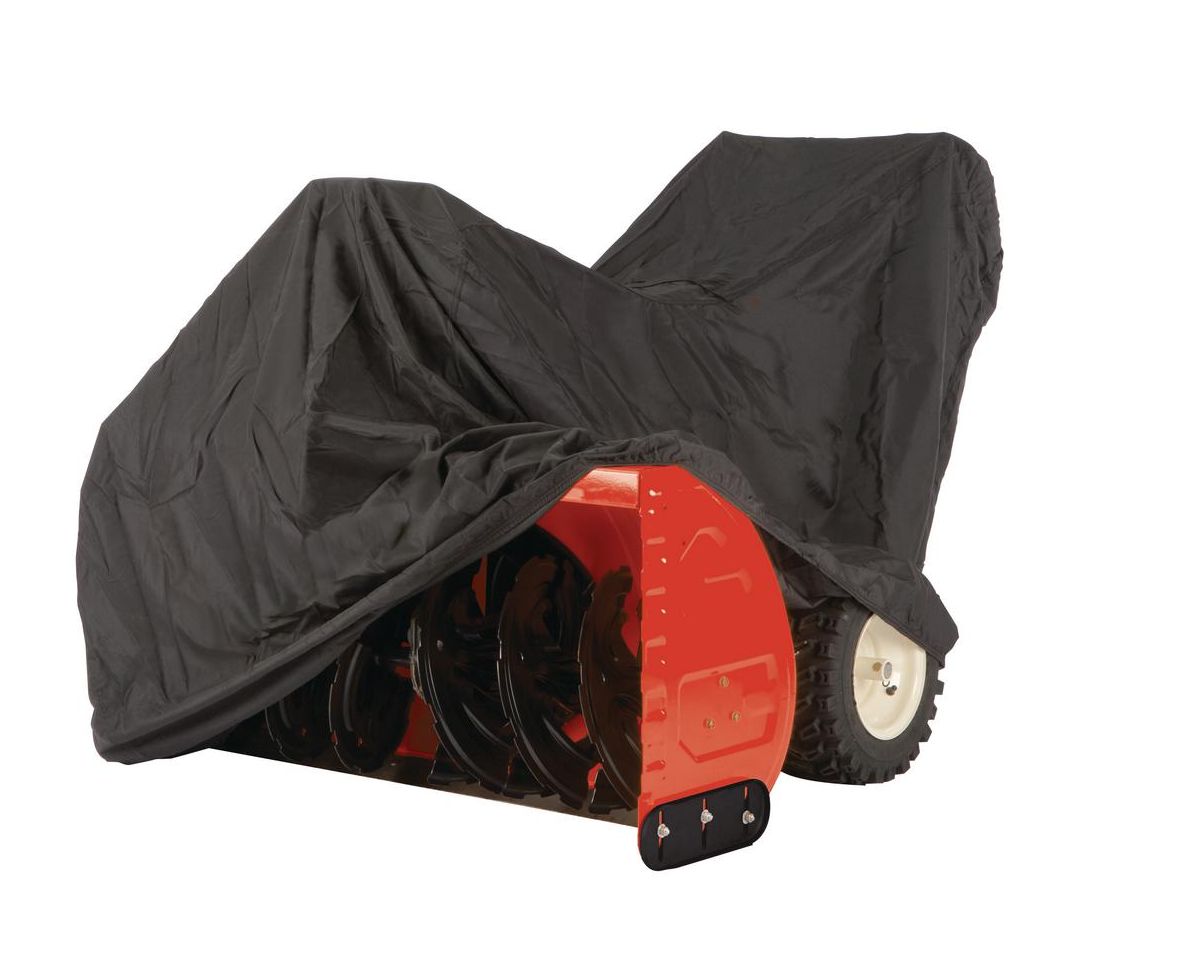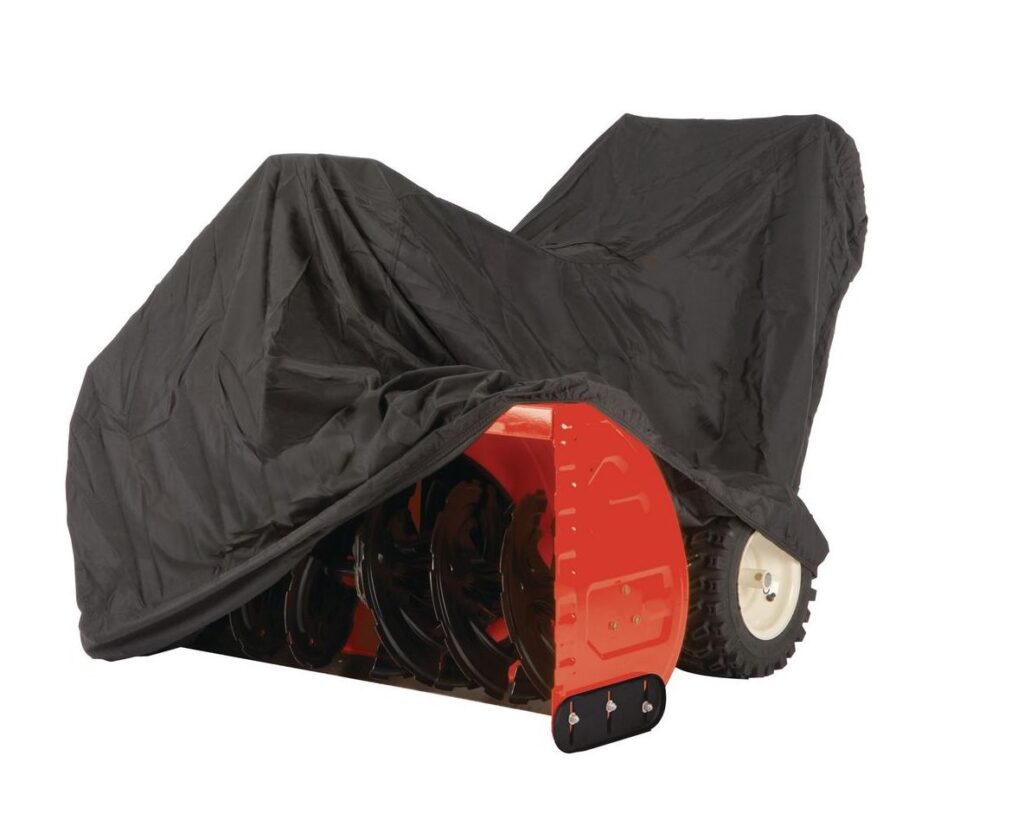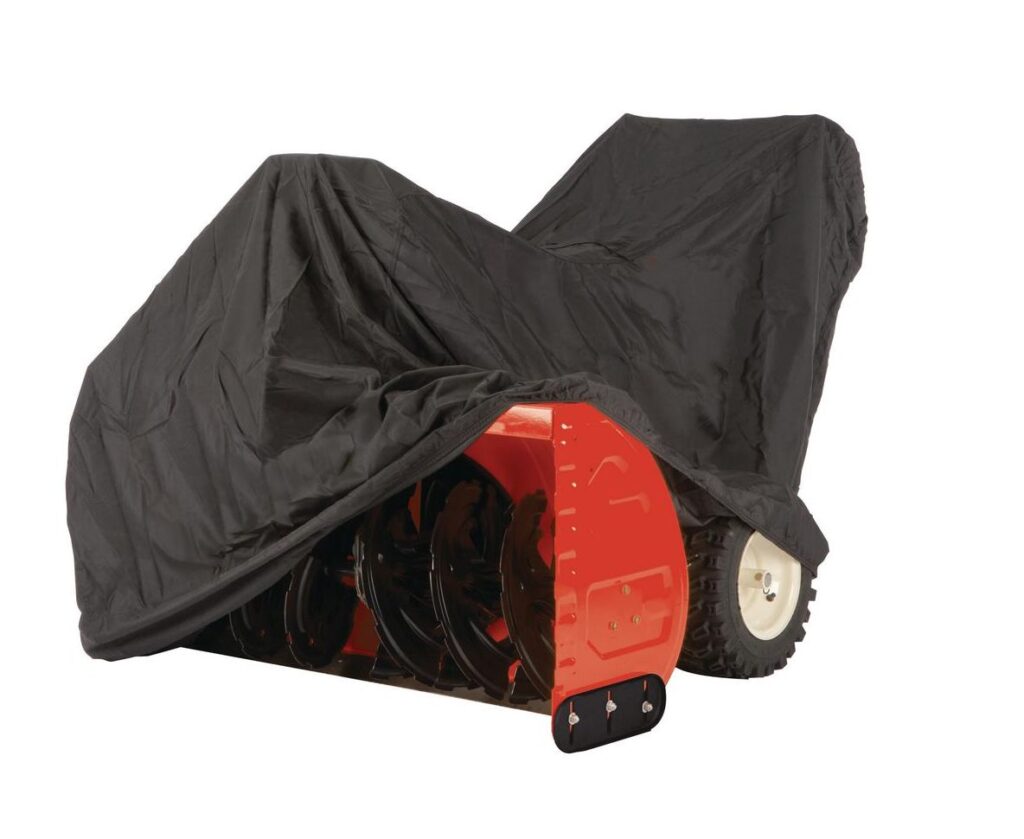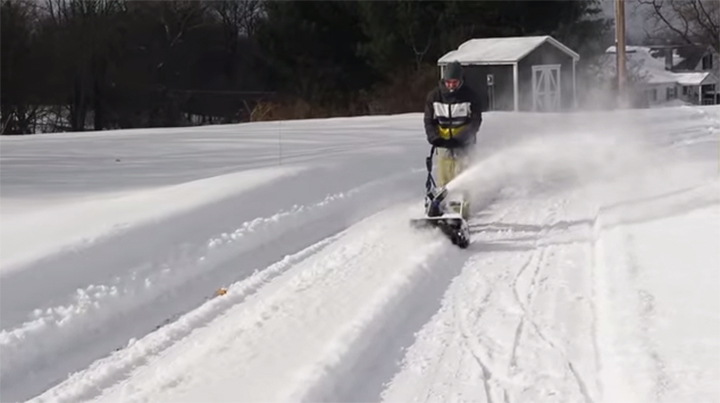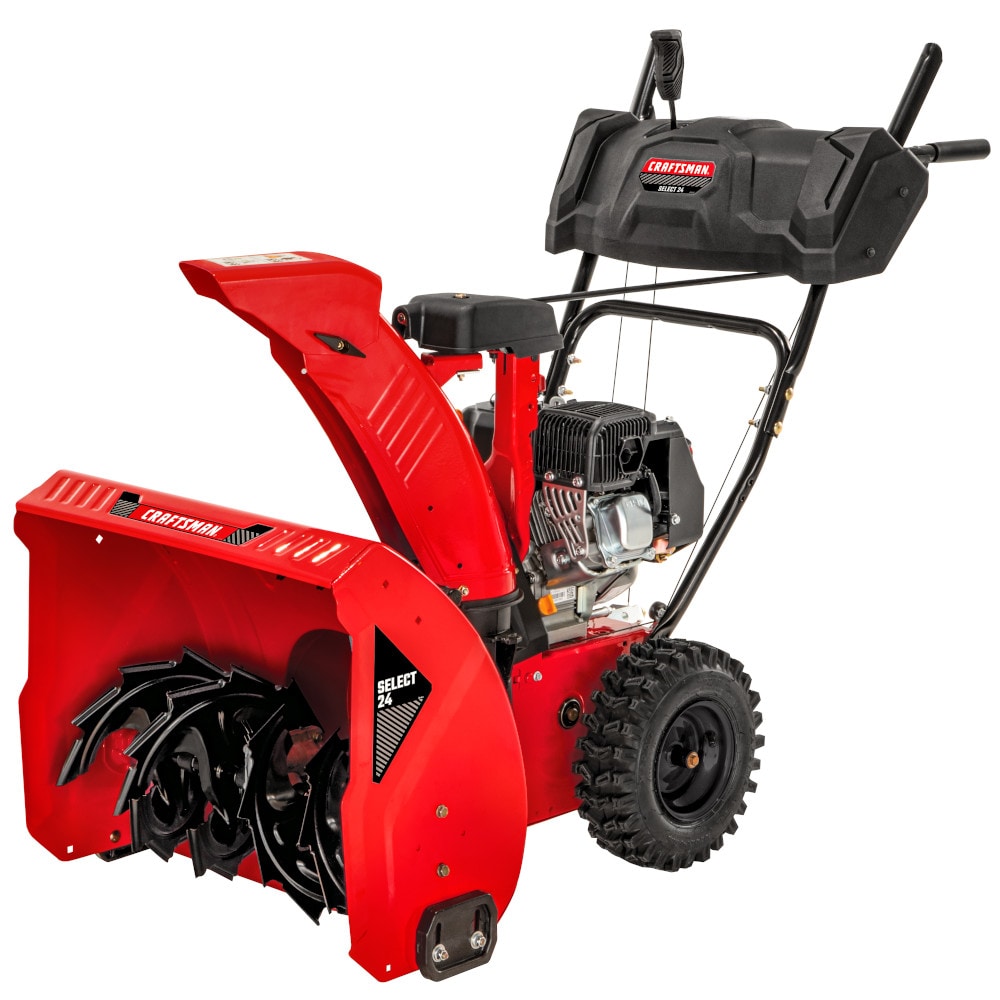When it comes to protecting your snowblower from the harsh winter weather, finding the right cover is key. A good snowblower cover not only shields your machine from snow, ice, and other elements, but also helps extend its lifespan. But with so many options out there, what should you look for? Well, durability is a top priority – you want a cover that can withstand the weight of heavy snow and the whipping winds. Additionally, a snug fit is essential to keep your snowblower protected without any gaps or loose ends. And finally, consider a cover with added features such as UV protection or water resistance for optimal performance.

Material
When searching for a good snowblower cover, one of the first things you should consider is the material it is made of. A durable cover is essential to protect your snowblower from the elements and ensure its longevity. Look for a cover that is made of high-quality materials that can withstand the wear and tear of outdoor use.
Waterproofing is another critical feature to look for in a snowblower cover. Snowblowers are often stored outside, and exposure to rain, snow, and other moisture can cause damage. A waterproof cover will provide an added layer of protection, preventing water from seeping through and potential damage to your snowblower.
In addition to being waterproof, a good snowblower cover should also be UV-resistant. The sun’s rays can be harmful and fade the paint on your snowblower over time. UV-resistant covers help to block out harmful UV rays, preventing fading and keeping your snowblower looking new for longer.
Lastly, a snowblower cover should be breathable. This allows for proper airflow, preventing the buildup of moisture and condensation underneath the cover. A breathable cover helps to keep your snowblower dry and free from mold and mildew, which can cause damage and affect its performance.
Size and Fit
Coverage is an important consideration when choosing a snowblower cover. You want to ensure that the cover completely covers your snowblower, protecting it from all angles. Look for a cover that offers full coverage, including the entire machine and any attachments.
Adjustability is another key factor in selecting a snowblower cover. Ideally, the cover should have adjustable features, such as drawstrings or straps, to ensure a snug fit. This allows you to customize the fit of the cover to your specific snowblower model and size.
Secure attachments are also essential for a good snowblower cover. Look for covers that include buckles or other fasteners to keep the cover securely in place, even in windy conditions. A cover that stays put will offer better protection and peace of mind.
Accurate measurements are crucial when choosing a snowblower cover. Before purchasing, make sure to measure your snowblower and compare it with the dimensions provided by the manufacturer. This will help ensure you select the right size cover for a perfect fit.
Protection Features
Insulation is an important protection feature to consider when selecting a snowblower cover. Insulated covers provide an extra layer of warmth and protection, keeping your snowblower safe from freezing temperatures and reducing the risk of internal condensation.
Weatherproofing is another vital aspect to look for in a snowblower cover. A weatherproof cover will shield your snowblower from rain, snow, and other harsh weather conditions. This ensures that your machine remains dry and protected, even in the worst weather.
Mold and mildew resistance is essential for a good snowblower cover, as these growths can damage your snowblower and affect its performance. Look for a cover that is specifically designed to resist mold and mildew, preventing the formation of these harmful substances.
Scratch prevention is another key protection feature to consider. Snowblower covers should be lined with soft, non-abrasive materials to prevent scratching of the machine’s paint and surface. This helps to maintain the appearance of your snowblower and prevent any cosmetic damage.

Ease of Use
Easy installation is an important consideration when choosing a snowblower cover. Look for covers that are designed for quick and hassle-free installation, allowing you to protect your snowblower efficiently and conveniently. A straightforward installation process will save you time and effort.
Convenient access points are another factor to consider. Some covers come with strategically placed zippers or flaps that allow easy access to key parts of your snowblower, such as the fuel tank or controls. This eliminates the need to remove the entire cover for small maintenance tasks.
A user-friendly design is essential in a snowblower cover to ensure a positive experience for the user. Look for features such as clear instructions, intuitive design, and easy-to-use closures. A well-designed cover will make the process of covering and uncovering your snowblower a breeze.
Storage and portability are important aspects of ease of use. Look for a snowblower cover that can be easily folded and stored when not in use. Some covers even come with storage bags or cases for convenient organization and transportation.
Durability
Heavy-duty construction is a crucial feature to consider when selecting a snowblower cover. A cover made from durable materials, such as reinforced polyester or nylon, will withstand the rigors of outdoor use and provide long-lasting protection for your snowblower.
Reinforced seams are another important aspect of durability. High-quality snowblower covers will have reinforced stitching in areas that are prone to wear and tear, such as the corners or edges. This ensures that the cover remains intact and provides optimal protection under various conditions.
Long-lasting materials are essential for a good snowblower cover. Look for covers made from materials that are resistant to fading, cracking, or tearing. This will ensure that your cover remains in good condition and continues to protect your snowblower for many seasons to come.
Resistance to tears and rips is another key feature to consider. Snowblower covers that are made of materials with high tear strength will withstand the elements better and provide better protection to your snowblower. This durability ensures that your investment in a cover is worthwhile.
Brand Reputation
When considering a snowblower cover, it’s essential to take into account the brand’s reputation. Research customer reviews and feedback regarding the cover you are considering. Genuine customer experiences can give you insights into the product’s quality and its ability to meet customers’ expectations.
A warranty is a good indication of a reputable brand. Look for snowblower covers that come with a warranty. A warranty shows that the brand stands behind its product and is willing to address any issues that may arise. A longer warranty period is generally an indicator of the brand’s confidence in the product’s durability and performance.
Consider brand experience when selecting a snowblower cover. Brands with a long history in manufacturing covers or other outdoor products are likely to have a better understanding of the specific needs and requirements of customers. This experience translates into better quality products and customer satisfaction.
Industry reputation is another important aspect to consider when evaluating a snowblower cover brand. Look for brands that have positive recognition within the industry. Brands with a good reputation are more likely to produce reliable and high-quality snowblower covers, meeting the needs of customers.
Ventilation
Proper ventilation is crucial for a good snowblower cover. Look for covers that offer adequate air circulation to prevent the buildup of moisture and condensation underneath the cover. This ventilation system helps to keep your snowblower dry and free from potential damage caused by trapped moisture.
A snowblower cover that prevents condensation is key to protecting your machine. Accumulated moisture can lead to rust, which can affect the performance and lifespan of your snowblower. Make sure the cover you choose provides sufficient airflow to prevent condensation from occurring.
Preventing rust is another advantage of a well-ventilated snowblower cover. Rust is a common problem for outdoor equipment, especially when exposed to moisture. A cover that facilitates airflow helps to minimize the risk of rust formation, ensuring that your snowblower stays in top condition.
Reduces ice formation is another important benefit of proper ventilation in a snowblower cover. When moisture is trapped, it can freeze and create ice formations on your snowblower. A well-ventilated cover prevents this ice formation, making it easier for you to use your snowblower when needed.
Ease of Maintenance
Easy cleaning is an important consideration for snowblower covers. Look for covers that can be easily wiped clean with a damp cloth or washed with mild detergent. Cleaning the cover should be a simple and hassle-free task, allowing you to keep it in good condition.
Stain resistance is another desirable feature. Snowblower covers are exposed to dirt, debris, and other outdoor elements, which can cause stains. A cover that is stain-resistant will be easier to maintain and keep looking clean and presentable, even after extended use.
Machine washable covers offer the convenience of cleaning without the need for manual scrubbing. Look for covers that are machine washable, as they can be easily placed in a washing machine with other items, saving you time and effort. Machine washable covers are also less likely to be damaged during the cleaning process.
Fade resistance is important for preserving the appearance of your snowblower cover. Covers that are resistant to fading will maintain their color and vibrancy even after prolonged exposure to sunlight. A fade-resistant cover will continue to look new and fresh, enhancing the overall aesthetic of your snowblower.
Secure Fit
An elastic hem is a useful feature for ensuring a secure fit for your snowblower cover. Covers with an elastic hem provide a snug fit around the bottom of your snowblower, preventing any gaps or loose areas. This tight fit ensures excellent protection against the elements.
Adjustable straps are another practical option for securing your snowblower cover. These straps can be tightened or loosened to achieve the desired fit, accommodating different snowblower models and sizes. Adjustable straps provide added convenience and peace of mind, knowing that your cover is securely in place.
Buckles are another popular attachment option for snowblower covers. Look for covers that have buckles or clasps that can be fastened tightly to keep the cover securely in place, even in windy conditions. Buckles provide an additional level of security, reducing the risk of the cover being blown off.
Drawstrings are a versatile feature that allows you to tighten or loosen the cover as needed. Covers with drawstrings provide a customizable fit, ensuring that the cover stays in place and provides maximum protection for your snowblower. The ability to adjust the cover’s fit makes it ideal for different snowblower sizes and shapes.
Usage Conditions
Climate is an important factor to consider when choosing a snowblower cover. Different climates have varying weather conditions, and some materials may perform better than others in certain climates. Consider the climate in your area and choose a cover that is suitable for the specific weather conditions you will encounter.
Storage location is another crucial consideration. If you plan to store your snowblower outdoors, you will need a cover that offers maximum protection against the elements. On the other hand, if you have indoor storage, a cover that provides basic protection from dust and debris may be sufficient.
The frequency of use should also influence your choice of a snowblower cover. If you use your snowblower frequently, you may require a cover that is easy to put on and take off. In contrast, if your snowblower is only used seasonally, you may prioritize a cover that provides long-term protection during the off-season.
Exposure to elements is an important consideration when evaluating snowblower covers. If your snowblower is exposed to extreme weather conditions, such as heavy snow or strong winds, you will need a cover that offers superior protection and can withstand these elements. Look for covers with reinforced construction and secure attachments to ensure adequate protection.




